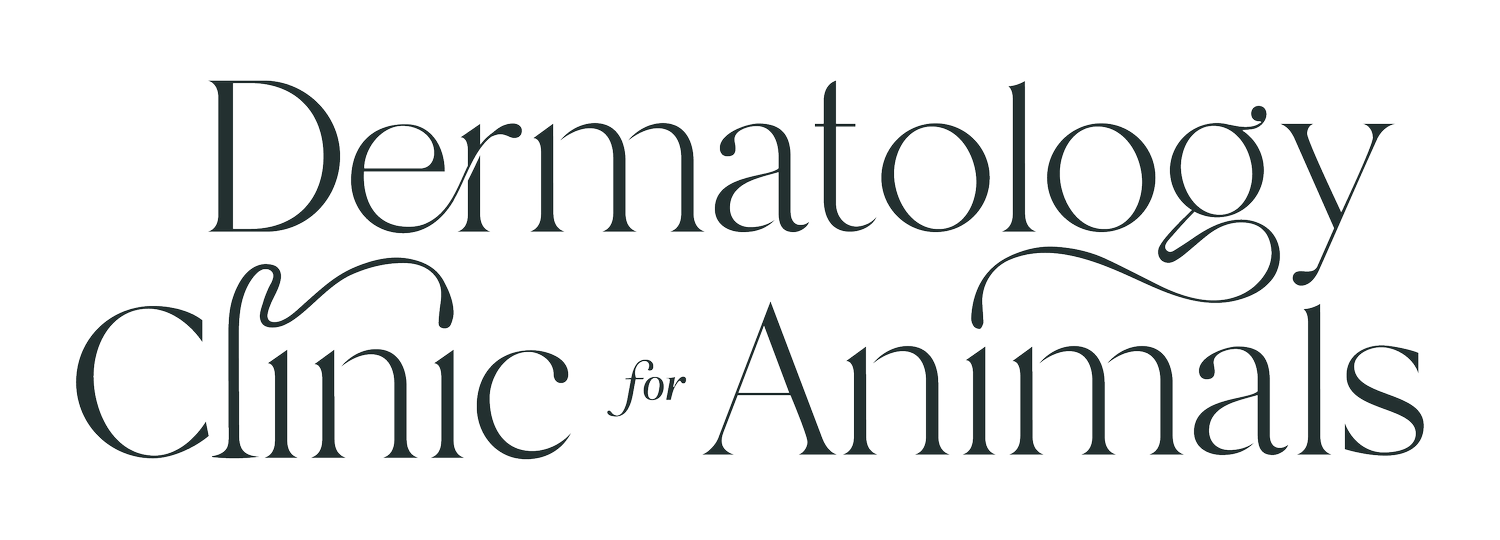Nasal Arteritis
-
Nasal arteritis is an ulcerative disease of the center of the nasal planum in dogs, caused by immune mediated inflammation of the walls of the nasal arteries/blood vessels.
-
This condition is most commonly seen in certain breeds such as St. Bernards and Standard Schnauzers, but can occur in other breeds as well.
-
There is a chronic, deep, often triangular shaped, ulceration in the center of the nose/nasal planum which can become crusty and inflamed due to secondary bacterial infection. Affected dogs are not usually painful or itchy, though they may rub at the nose if infection is present. In some dogs, acute arterial bleeding can occur which can be severe enough to cause anemia and surgery to tie off the artery may be needed.
-
See Clinical Signs.
-
Microscopic examination of nasal crusting can document secondary bacterial infection. Biopsy of the nose under anesthesia can be performed for definitive diagnosis of nasal arteritis.
-
Though every case is different and medications may need to be adjusted depending on response to therapy, nasal arteritis is usually a controllable disease. Treatment for nasal arteritis is lifelong.
-
Treatment involves oral +/- topical medications to reduce inflammation of the walls of the nasal arteries, initially prednisone/steroids for quicker results, then long term treatment with doxycycline/niacinamide is often helpful (these are oral medications which reduce immune inflammation in a milder, non-immunosuppressive way, but can take 3 months for full effect). Any secondary bacterial infection is treated with oral/topical antibiotics. Additionally, once the initial hemorrhage/infection has resolved, topical anti-inflammatory therapy with Protopic (tacrolimus) ointment applied 1-2 times daily to the nose is often helpful. Refractory cases may respond to oral cyclosporine.


